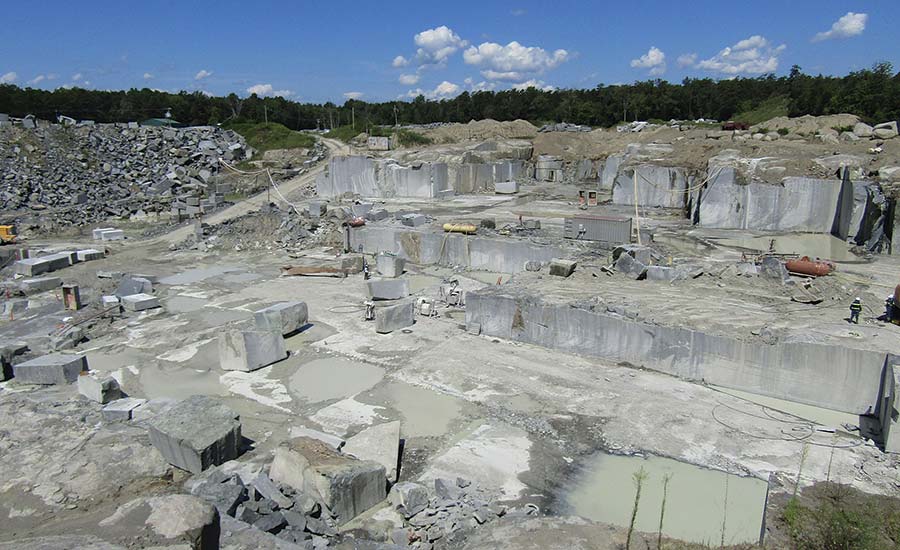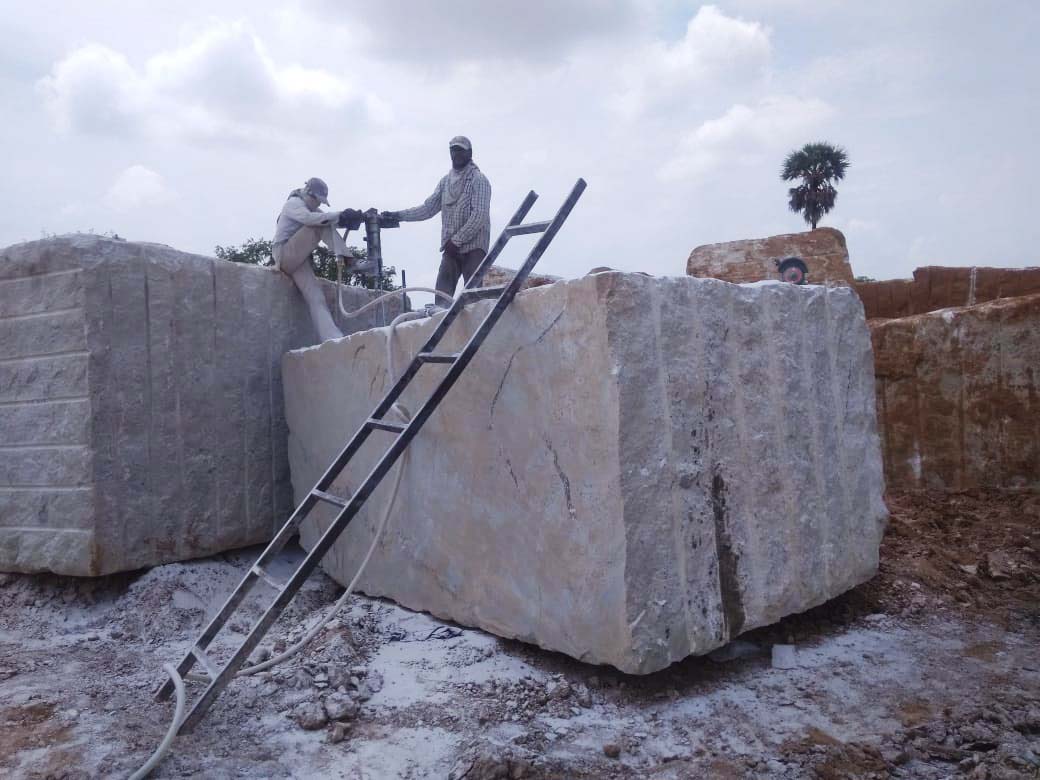Revealing the Mysteries of Granite Quarrying: Where Toughness and Elegance Meet
The world of granite quarrying is a world where the raw toughness of nature converges with human virtuosity to develop structures that stand the test of time with an air of sophistication. From the depths of quarries to the careful polishing in workshops, the process of changing granite right into building wonders is a complicated dancing of custom and development. As we peer right into the midsts of this old craft, we begin to uncover the hidden complexities that shape the really essence of our constructed setting.
The Beginnings of Granite Quarrying
In the record of architectural history, the origins of granite quarrying are shrouded in a tapestry of ancient craftsmanship and geological marvels. Dating back to ancient Egypt and Mesopotamia, the extraction of granite from quarries marked the beginning of a trip that would at some point cause the development of several of the globe's most legendary structures.
Granite quarrying's origins can be traced to the knowledgeable artisans that acknowledged the stone's longevity and visual appeal. With a combination of primitive tools and sheer determination, these very early quarry workers uncovered granite blocks that would come to be the structure blocks of human beings.
As human beings advanced, so did the methods of quarrying granite. The Romans, renowned for their engineering prowess, developed innovative methods for extracting granite to construct monoliths, holy places, and roads that stood the test of time.
The heritage of these old quarrying methods continues to shape modern-day design, with granite staying a symbol of toughness and sophistication in building jobs around the world. (granite quarries in south africa)
Devices of the Quarrying Trade
The advancement of granite quarrying methods from ancient civilizations to modern-day times highlights the essential function played by the tools of the quarrying trade in forming the market's practices. In old times, quarrying tools were rudimentary, usually containing chisels, hammers, and wedges made from products like bronze or iron. These tools required substantial manpower and time to extract granite blocks from quarries.

Additionally, the introduction of pneumatic tools and high-powered machinery has substantially minimized the physical labor needed in quarrying procedures, improving worker safety and productivity. As the quarrying industry remains to introduce, the devices of the profession stay at the leading edge of driving development and shaping the future of granite extraction.
Drawing Out Blocks of Granite
Making use of precision machinery and progressed techniques, the removal of granite blocks from quarries has actually ended up being a sophisticated procedure in the modern quarrying industry. Controlled blasting strategies are then used to break apart the granite right into workable areas.

Sprucing Up and Completing Techniques
To achieve a perfect surface on granite blocks, experienced artisans utilize a collection of thorough polishing and ending up methods. After the preliminary extraction and shaping processes, the granite blocks undertake a comprehensive sprucing up phase to enhance their natural appeal and resilience.
In enhancement to sprucing up, finishing methods are related to further refine the granite's look. These strategies may include flaming, refining, or cleaning, each offering unique structures and surfaces to match various aesthetic preferences. Flaming, as an example, includes subjecting the granite surface area to high temperature levels to create a rough, textured surface, suitable for exterior applications where slip-resistance is essential. Honing, on the other hand, gives a matte coating that is smooth to the touch, best for interior kitchen counters and floor covering. By carefully selecting and applying these polishing and finishing techniques, artisans can transform raw granite see this here obstructs right into exquisite items that display both toughness and style.

Environmental Influence and Sustainability
With the expanding focus on ecological awareness in the market, granite quarrying methods are significantly inspected for their effect on all-natural sources and lasting sustainability. Furthermore, the transport of granite from quarries to processing centers produces carbon exhausts, further adding to ecological deterioration.
To alleviate these influences and ensure sustainability in granite quarrying, industry stakeholders are embracing various measures. Carrying out sophisticated technologies to minimize power consumption and water usage, recovering quarried land for eco-friendly reconstruction, and promoting accountable sourcing practices are some techniques being used. Certifications such as the Woodland Stewardship Council (FSC) and the Management in Power and Environmental Style (LEED) help customers recognize environmentally friendly granite items.
Conclusion
Finally, granite quarrying is a process that calls for specialized tools and techniques to extract blocks of granite and polish them see this to a high level of surface. While the environmental influence of quarrying can be significant, efforts are being made to enhance sustainability practices in the sector. Overall, granite quarrying is a delicate equilibrium between utilizing the stamina and sophistication of this natural stone while reducing its influence on the atmosphere.
Comments on “Travelling Via Granite Quarries in South Africa: A Visual Odyssey”